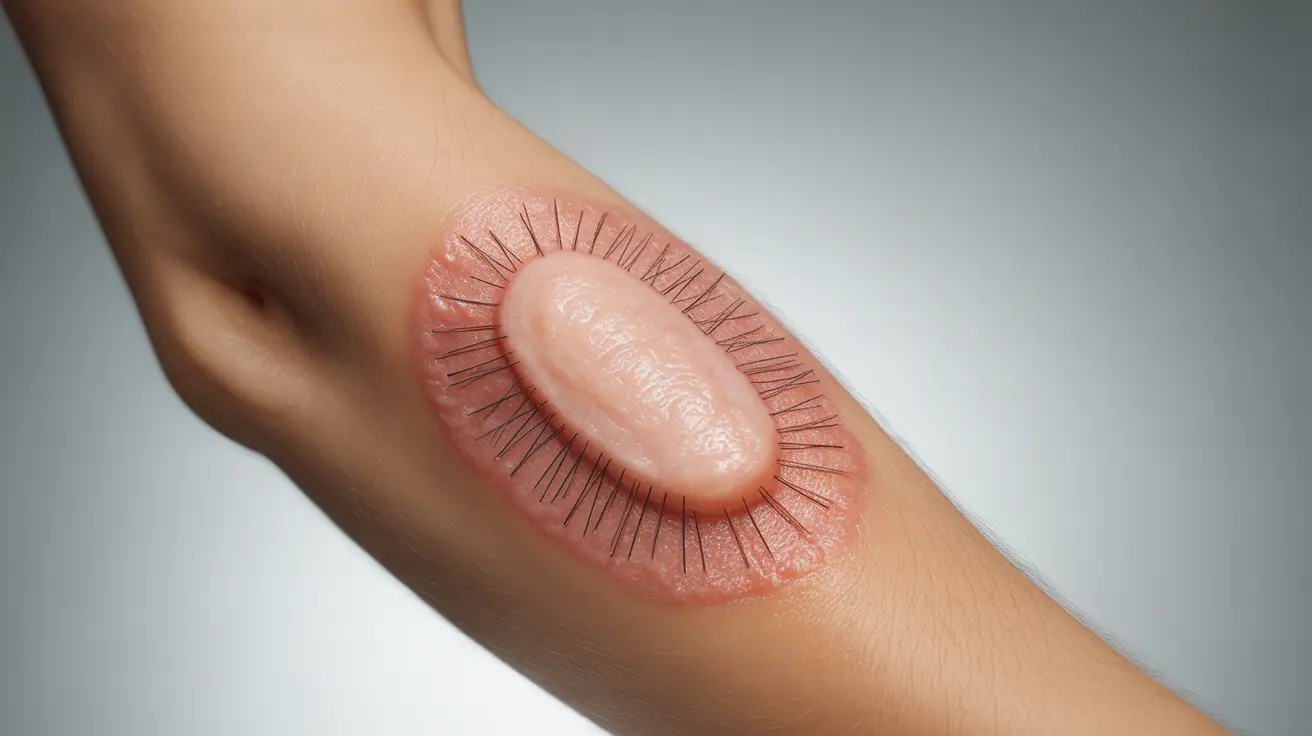Dealing with dissolvable stitches that are sticking out can be concerning, but it's a relatively common occurrence during the healing process. Understanding how to properly manage protruding stitches and recognizing potential complications is essential for proper wound healing and preventing infections.
This comprehensive guide will help you understand what to do when you notice dissolvable stitches sticking out, how to identify potential problems, and when to seek medical attention.
Normal Healing Process vs. Problematic Signs
Understanding the difference between normal healing and potential complications is crucial when dealing with dissolvable stitches. During normal healing, stitches gradually break down and are absorbed by your body over several weeks to months, depending on the type used and location of the wound.
Normal Signs During Healing
- Slight itching around the wound site
- Minimal redness near the stitches
- Gradual dissolution of stitches
- Small pieces occasionally becoming visible as they dissolve
Warning Signs to Watch For
- Excessive redness or swelling
- Increasing pain or tenderness
- Unusual discharge or odor
- Multiple stitches coming loose prematurely
- Wound reopening
Managing Protruding Stitches
When you notice a dissolvable stitch sticking out, it's important to handle the situation carefully to prevent complications and ensure proper healing.
Do's and Don'ts
- Keep the area clean and dry
- Continue following your healthcare provider's wound care instructions
- Avoid pulling or tugging at protruding stitches
- Don't attempt to trim stitches without medical guidance
- Maintain good hand hygiene when cleaning the wound
Preventing Complications
Taking proper care of your wound can help prevent issues with dissolvable stitches and promote optimal healing.
Key Prevention Strategies
- Follow post-operative care instructions precisely
- Keep the wound site clean and protected
- Avoid activities that could strain the wound
- Monitor the healing progress regularly
- Maintain proper nutrition to support healing
When to Seek Medical Help
While some variation in healing is normal, certain situations require professional medical attention.
Signs That Warrant Medical Attention
- Fever or chills
- Increased pain or redness
- Pus or unusual drainage
- Wound separation
- Persistent stitch protrusion after the expected dissolution time
Frequently Asked Questions
What are the common signs that a dissolvable stitch is coming undone or sticking out too soon?
Common signs include visible thread-like material protruding from the wound, mild irritation, and a sensation of something poking through the skin. This may occur as part of the normal dissolution process but should be monitored for complications.
How do I safely manage a dissolvable stitch that is protruding from my skin?
Keep the area clean and dry, avoid pulling or manipulating the stitch, and continue following your wound care instructions. If the stitch is causing discomfort, consult your healthcare provider for proper management.
Can dissolvable stitches cause infection even if they are designed to dissolve naturally?
Yes, while dissolvable stitches are designed to be safely absorbed, infections can still occur. This risk increases if the wound site isn't kept clean or if the stitches are manipulated improperly.
What should I do if a dissolvable stitch doesn't seem to be dissolving as expected?
If stitches haven't dissolved within the expected timeframe (usually 2-8 weeks depending on the type), contact your healthcare provider. They can evaluate the situation and safely remove any remaining stitches if necessary.
Is it safe to remove a part of a dissolvable stitch at home if it's sticking out, and if so, how?
It's not recommended to remove dissolvable stitches at home, even if they're protruding. Attempting to remove them yourself could lead to infection or wound complications. Always consult your healthcare provider for proper management.




